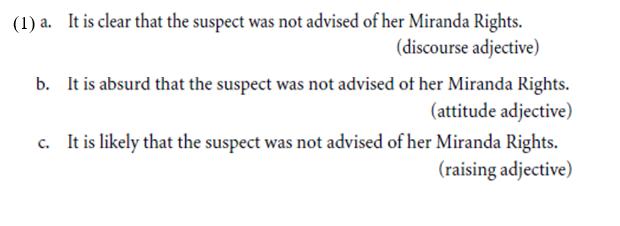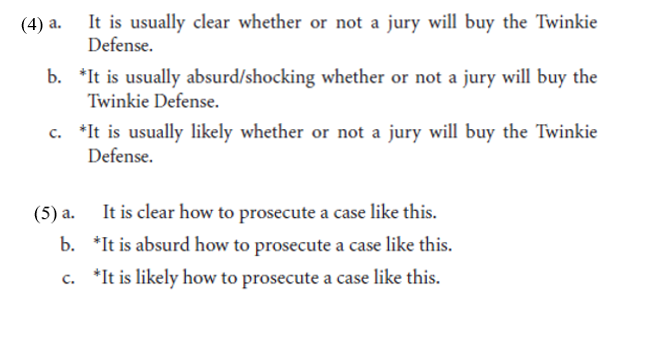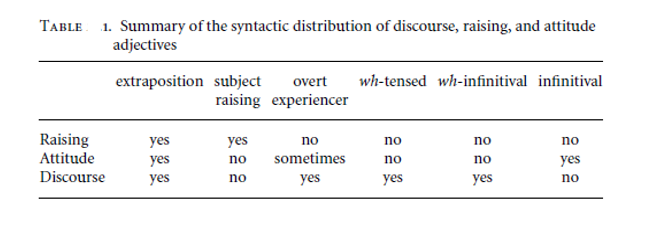

Grammar


Tenses


Present

Present Simple

Present Continuous

Present Perfect

Present Perfect Continuous


Past

Past Simple

Past Continuous

Past Perfect

Past Perfect Continuous


Future

Future Simple

Future Continuous

Future Perfect

Future Perfect Continuous


Parts Of Speech


Nouns

Countable and uncountable nouns

Verbal nouns

Singular and Plural nouns

Proper nouns

Nouns gender

Nouns definition

Concrete nouns

Abstract nouns

Common nouns

Collective nouns

Definition Of Nouns


Verbs

Stative and dynamic verbs

Finite and nonfinite verbs

To be verbs

Transitive and intransitive verbs

Auxiliary verbs

Modal verbs

Regular and irregular verbs

Action verbs


Adverbs

Relative adverbs

Interrogative adverbs

Adverbs of time

Adverbs of place

Adverbs of reason

Adverbs of quantity

Adverbs of manner

Adverbs of frequency

Adverbs of affirmation


Adjectives

Quantitative adjective

Proper adjective

Possessive adjective

Numeral adjective

Interrogative adjective

Distributive adjective

Descriptive adjective

Demonstrative adjective


Pronouns

Subject pronoun

Relative pronoun

Reflexive pronoun

Reciprocal pronoun

Possessive pronoun

Personal pronoun

Interrogative pronoun

Indefinite pronoun

Emphatic pronoun

Distributive pronoun

Demonstrative pronoun


Pre Position


Preposition by function

Time preposition

Reason preposition

Possession preposition

Place preposition

Phrases preposition

Origin preposition

Measure preposition

Direction preposition

Contrast preposition

Agent preposition


Preposition by construction

Simple preposition

Phrase preposition

Double preposition

Compound preposition


Conjunctions

Subordinating conjunction

Correlative conjunction

Coordinating conjunction

Conjunctive adverbs


Interjections

Express calling interjection


Grammar Rules

Passive and Active

Preference

Requests and offers

wishes

Be used to

Some and any

Could have done

Describing people

Giving advices

Possession

Comparative and superlative

Giving Reason

Making Suggestions

Apologizing

Forming questions

Since and for

Directions

Obligation

Adverbials

invitation

Articles

Imaginary condition

Zero conditional

First conditional

Second conditional

Third conditional

Reported speech


Linguistics

Phonetics

Phonology

Linguistics fields

Syntax

Morphology

Semantics

pragmatics

History

Writing

Grammar

Phonetics and Phonology

Semiotics


Reading Comprehension

Elementary

Intermediate

Advanced


Teaching Methods

Teaching Strategies

Assessment
Preliminary observations about discourse adjectives
المؤلف:
GINA TARANTO
المصدر:
Adjectives and Adverbs: Syntax, Semantics, and Discourse
الجزء والصفحة:
P306-C10
2025-04-30
750
Preliminary observations about discourse adjectives
The data in (1)–(6) show that discourse adjectives have a syntactic distribution that partially overlaps with, yet is distinct from, that of two other classes of proposition-modifying adjectives. These are the familiar class of raising adjectives, such as apt, bound, certain, or likely, and the class of attitude adjectives such as absurd, intriguing, or ridiculous. Raising adjectives are a subset of Kiparsky and Kiparsky’s non-emotive (not suggestive of an emotional response or reaction), non-factive (not presupposing the truth of their complement) predicates. Attitude adjectives are a subset of Kiparsky and Kiparsky’s emotive factive predicates, a label they apply to predicates that express either a speaker’s emotional response to a proposition, or a qualitative opinion.
To begin, the only structure that all three classes appear in is the extraposed structure in (1).

The data in (2) show that raising adjectives is the only one of the three classes to allow so-called subject-to-subject raising.

The data in (3) show that the only class that always licenses an overt experiencer is the class of discourse adjectives. Raising adjectives never do, and attitude adjectives sometimes do.1

Discourse adjectives are also distinguished as the only class that allows wh-complementation. They allow both tensed wh-complements, as in (4), and infinitival wh-complements as in (5).

Attitude adjectives differ from both discourse and raising adjectives in allowing non-wh infinitival complements, as shown in (6).


1 The class of attitude adjectives is admittedly ill-defined in this chapter. Further research is necessary to determine whether and how many subtypes of adjective are captured under this label. What is important for the purposes of this chapter is that there are adjectives in this class that share certain semantic and syntactic properties.
 الاكثر قراءة في Linguistics fields
الاكثر قراءة في Linguistics fields
 اخر الاخبار
اخر الاخبار
اخبار العتبة العباسية المقدسة

الآخبار الصحية















 "المهمة".. إصدار قصصي يوثّق القصص الفائزة في مسابقة فتوى الدفاع المقدسة للقصة القصيرة
"المهمة".. إصدار قصصي يوثّق القصص الفائزة في مسابقة فتوى الدفاع المقدسة للقصة القصيرة (نوافذ).. إصدار أدبي يوثق القصص الفائزة في مسابقة الإمام العسكري (عليه السلام)
(نوافذ).. إصدار أدبي يوثق القصص الفائزة في مسابقة الإمام العسكري (عليه السلام) قسم الشؤون الفكرية يصدر مجموعة قصصية بعنوان (قلوب بلا مأوى)
قسم الشؤون الفكرية يصدر مجموعة قصصية بعنوان (قلوب بلا مأوى)


















